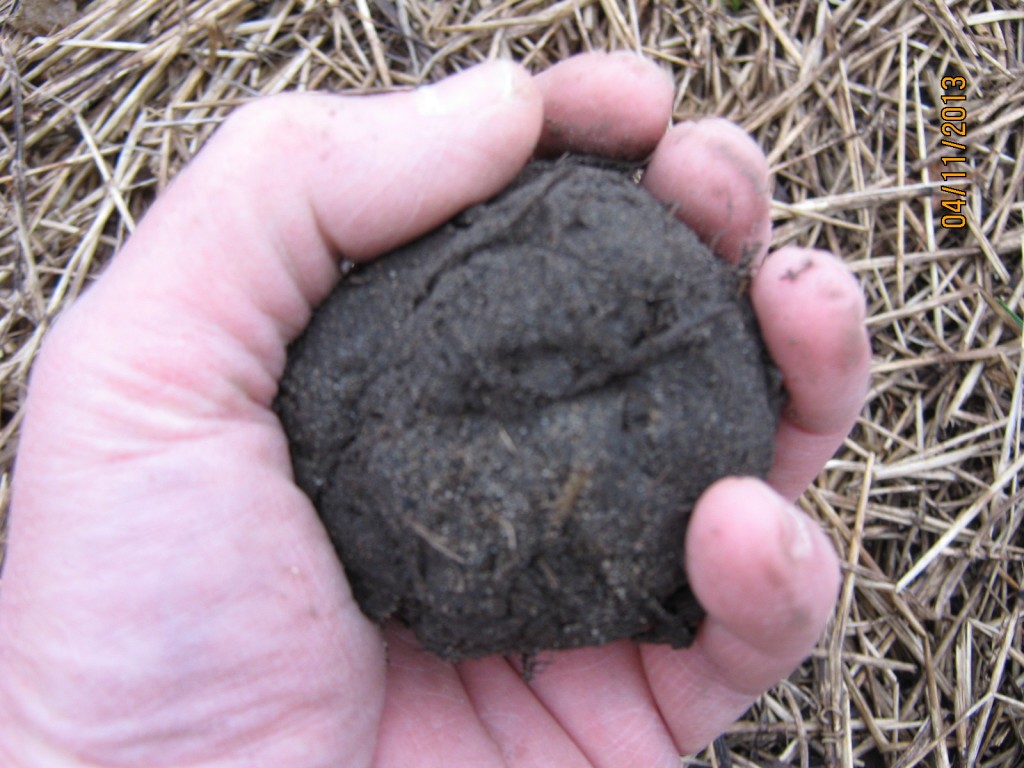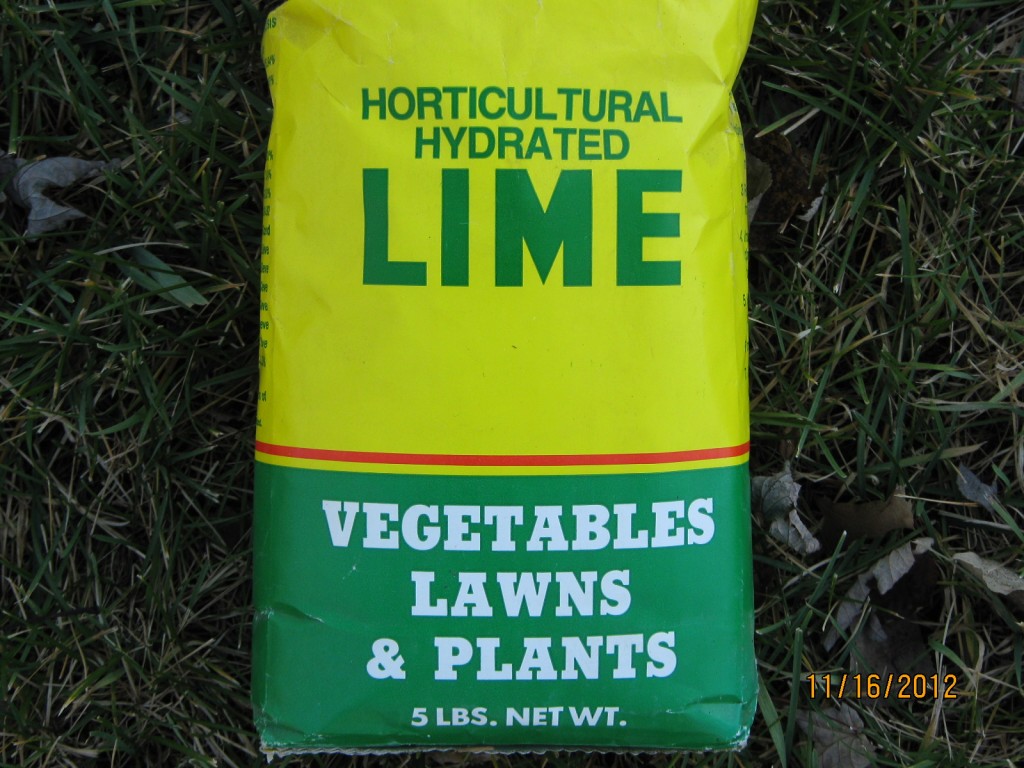Tilling the garden is a spring ritual we look forward to all winter. And after our cool, slow warm-up this spring, many of us will be tempted to get out there and till on the first warm day.
Be careful though, it is possible to till too early. Tilling when there is too much moisture in the soil will cause it to form large clumps, ruining the soil structure.
I did that one time early on in my gardening career. Exposure to rain and winter freezing and thawing will eventually break down those clumps. But in my case, after two years the soil was still lumpy.
To help you decide when to till, use this simple test: scoop up a handful of soil and compress it tightly, like you’re making a snowball. Poke the soil ball with your finger. If it crumbles apart, then it is in good enough shape to till. If it stays in a ball, then it is still too wet to till.
Check each day until it passes the ball-of-soil test.
Bob

